Swing Dancing: A Celebrated Legacy of African American Culture
Published on February 7th 2024, 9:25AM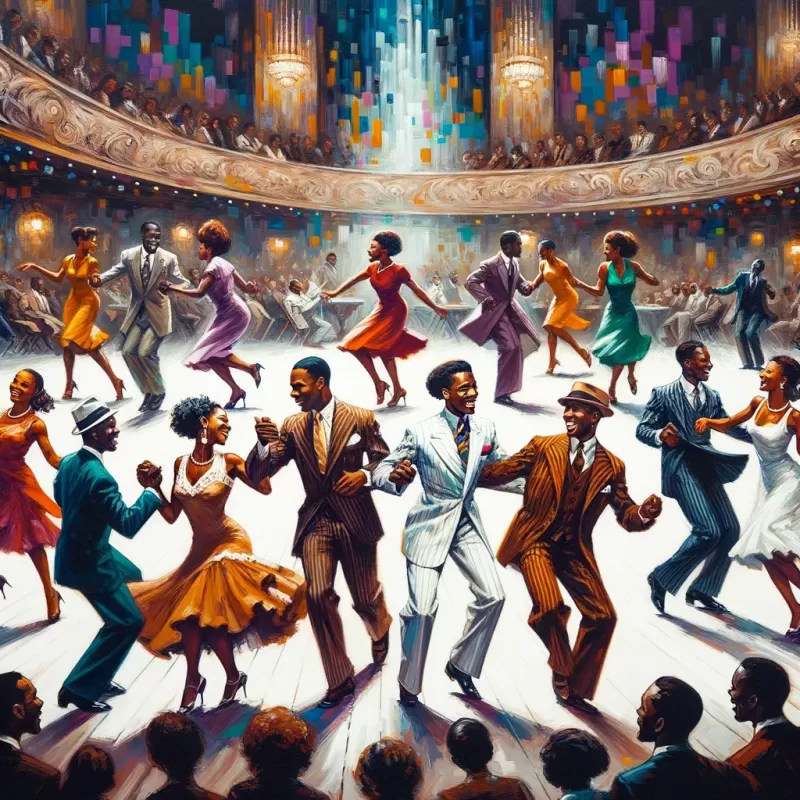
As we embrace Black History Month, it's essential to honor the roots of swing dancing, a vibrant and joyous expression of creativity and resilience that originated within the African American community. This blog post aims to shed light on swing dancing's rich history, its cultural significance, and how it continues to influence and unite dancers worldwide.
The Birth of Swing Dancing:
Swing dancing emerged in the late 1920s and 1930s, a golden era of jazz, in the heart of Harlem, New York. The Savoy Ballroom, a renowned cultural hub, became the epicenter of this dance phenomenon. Unlike other establishments of the time, the Savoy boasted a racially integrated dance floor, where black and white Americans could dance together, breaking social barriers. It was here that the Lindy Hop, a precursor to various swing dance styles, was born, named after the famous aviator Charles Lindbergh, or "Lindy," following his transatlantic flight.
African American Innovators and Icons:
African American dancers and choreographers, such as Frankie Manning and Norma Miller, were instrumental in shaping the swing dance scene. Their innovative movements, aerials, and choreography not only defined the Lindy Hop but also laid the groundwork for future generations of swing dancers. Their legacy is a testament to the profound impact African American culture has had on the arts, offering a space for creativity, expression, and resistance against racial segregation.
Cultural Significance and Evolution:
Swing dancing was more than just a pastime; it was a cultural movement that reflected the trials and triumphs of the African American experience. During a time of significant social and economic turmoil, swing dancing offered an outlet for joy, a form of protest against oppression, and a celebration of freedom. As swing music and dancing spread across the United States and beyond, it carried with it the rich cultural heritage of its African American origins.
Swing Dancing Today:
Today, swing dancing continues to thrive, with communities and events celebrating the genre worldwide. Modern swing dancers, regardless of their background, are part of a tradition that champions diversity, inclusivity, and the joy of dance. By acknowledging and respecting the African American roots of swing dancing, the swing dance community ensures that this vibrant cultural legacy is honored and preserved.
As we celebrate Black History Month, let us remember and honor the African American origins of swing dancing. This dance form is a powerful reminder of the enduring influence of African American culture on global arts and society. It encourages us to appreciate the beauty of diversity and the unity that comes from a shared love of dance. Swing dancing, with its rich history and vibrant present, continues to inspire and bring people together, embodying the spirit of creativity, resilience, and joy that defines the human experience.

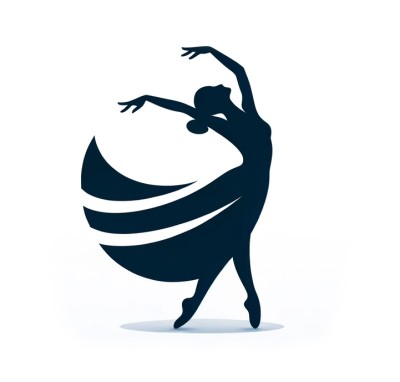
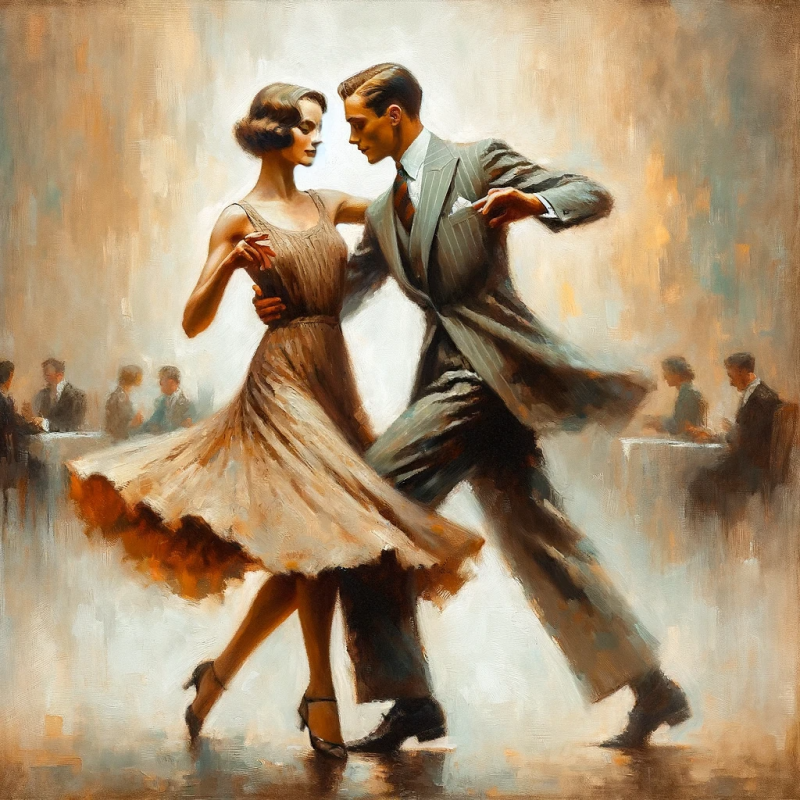
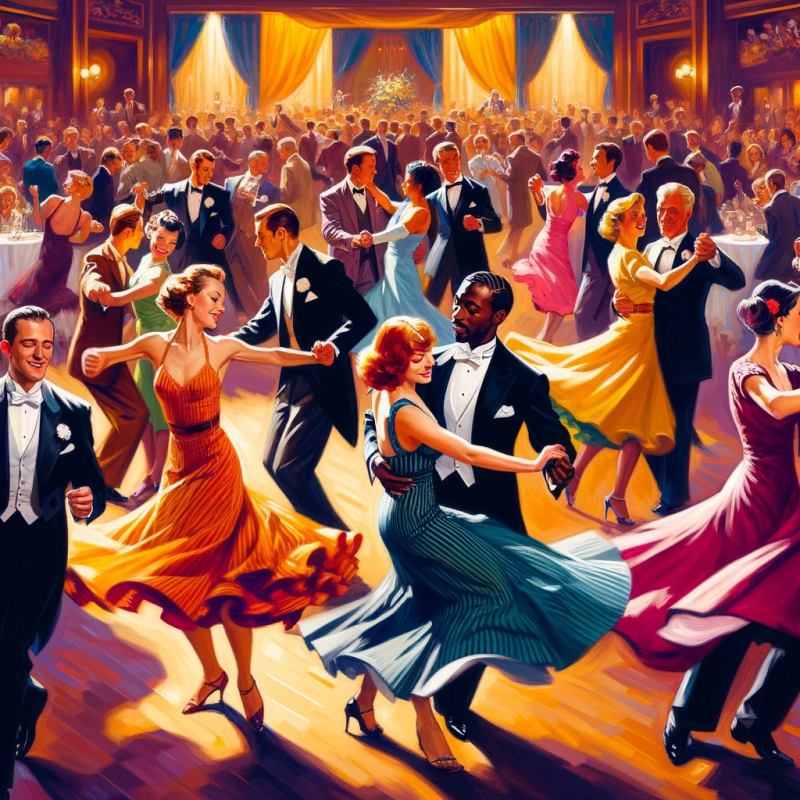
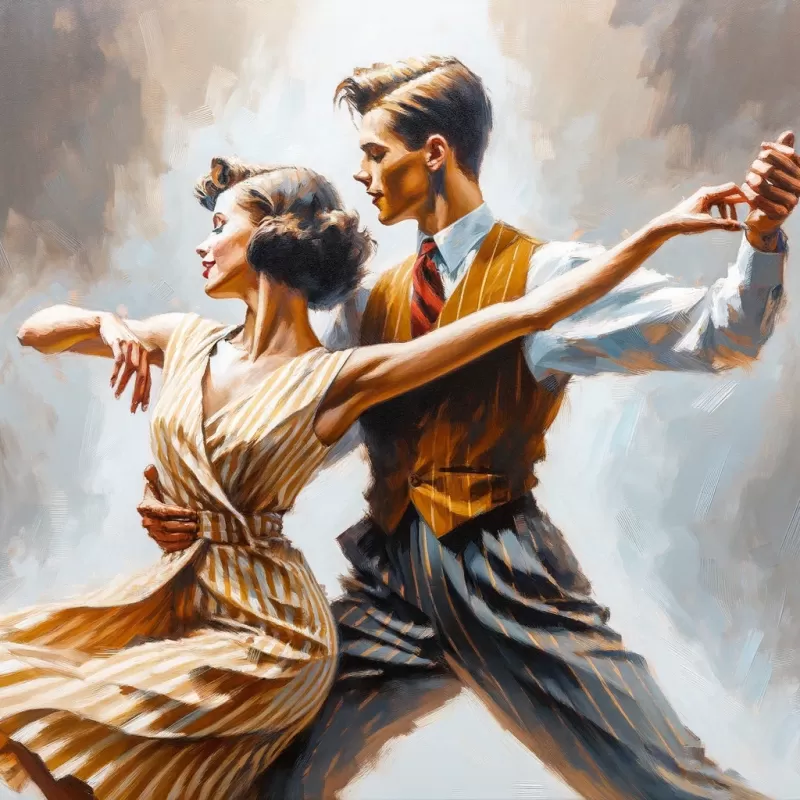
Comments (0)